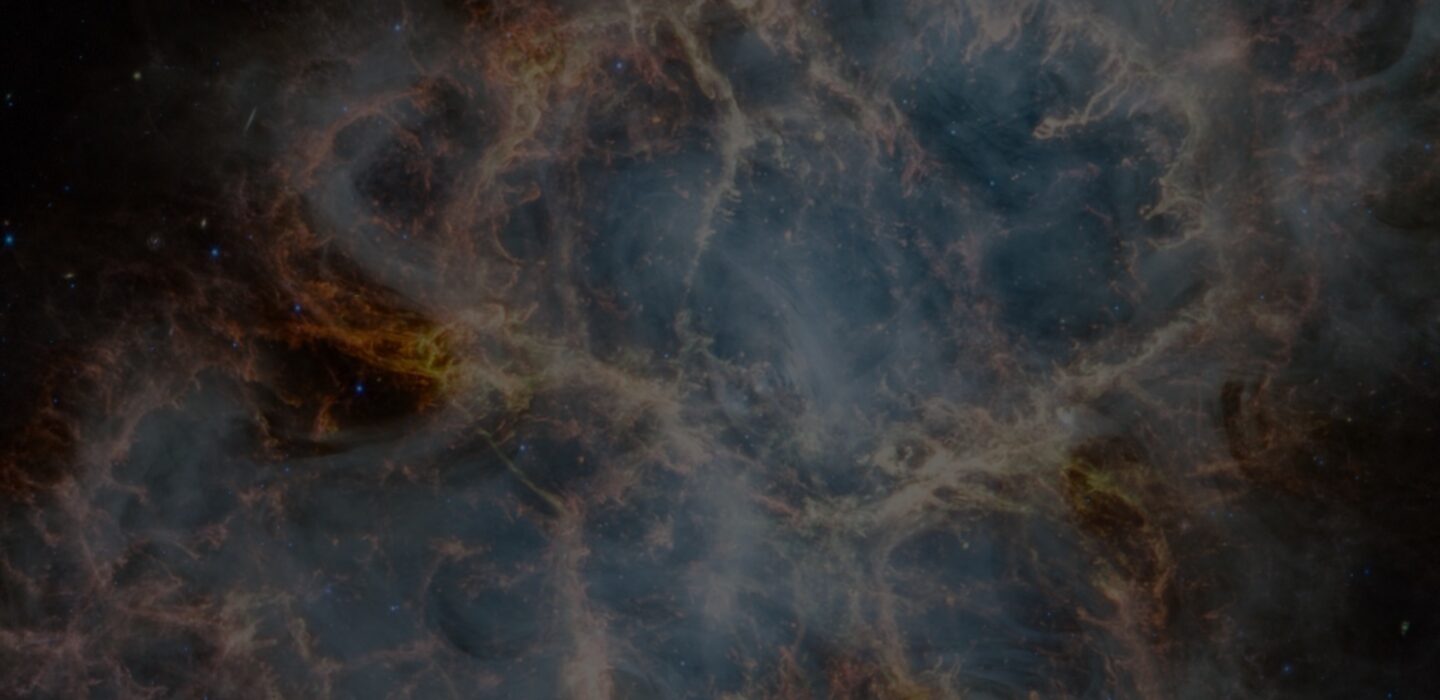Physics World Reveals Its Top 10 Breakthroughs Of The Year For 2023
The 10 Breakthroughs were selected by a panel of Physics World editors, who sifted through hundreds of research updates published on the website this year across all fields of physics. In addition to having been reported in Physics World in 2023, selections must meet the following criteria:
- Significant advance in knowledge or understanding
- Importance of work for scientific progress and/or development of real-world applications
- Of general interest to Physics World readers
JWST finds ‘smoking gun’ evidence of early galaxies transforming the universe
The EIGER Collaboration uses the James Webb Space Telescope (JWST) to find compelling evidence that early galaxies were responsible for the reionization of the early universe. Reionization occurred about 1 billion years after the Big Bang and involved the ionization of hydrogen gas. This allowed light that would have been absorbed by hydrogen to travel to the telescopes of today. Reionization appears to have begun as local bubbles that grew and coalesced. These bubbles would have been created by sources of radiation, and one possibility is that it came from stars in galaxies. The EIGER researchers used the JWST’s Near Infrared Camera to look at light from ancient quasars that had passed through the ionized bubbles. They found a correlation between the locations of galaxies and the bubbles, suggesting that light from these early galaxies was indeed responsible for reionization.
The overall Physics World Breakthrough of the Year award will be announced next week.
